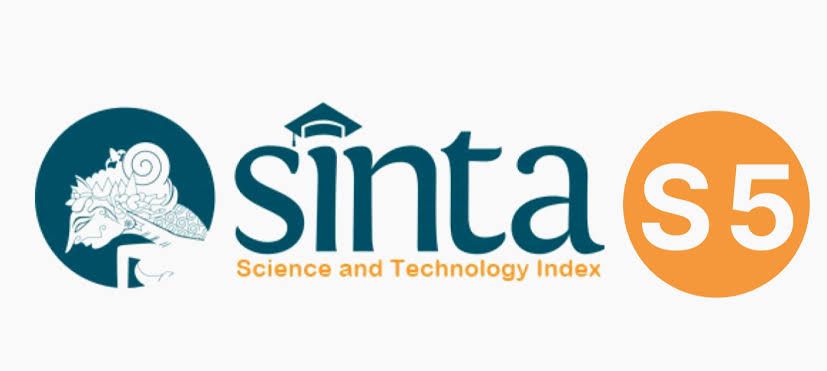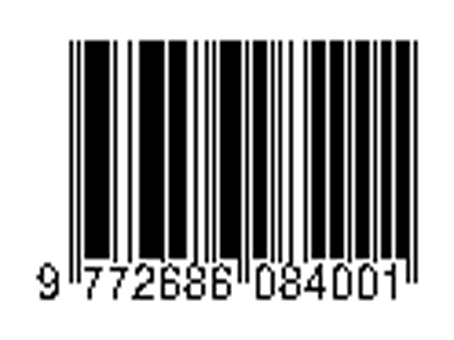The Effect of Black Cumin On Body Weight, OAE Examination and Histopathology of Organ Corti Male White Rats Inducted by Streptomycin
DOI:
https://doi.org/10.32734/aanhs-j.v2i1.3459Keywords:
Streptomycin, N. sativa, Black cumin, Aminoglycoside ototoxicity, Body weight examination, OAE examination, Degree of Organ Corti damage, Histopathological examination.Abstract
Introduction: Streptomycin is an aminoglycoside type of antibiotics. It is used as a first line treatment for tuberculosis (TB). Streptomycin also cause ototoxicity to its long term user as a fatal side effect. Black cumin (N. sativa) is an herbal plant that is widely consumed and contains thymoquinine as an active compound. Thymoquinine can reduce oxidative stress and increase antioxidant defences in the body. The objecive is to evaluate the relationship and differences of administration of black cumin (N. sativa) to body weight, optoacoustic emission test and the degree of the Organ  Corti damage induced by streptomycin in Wistar rats using histopathological examination.
Method: In-vivo experimental method using 25 wistar rats (Rattus norvegicus) with 5 treatments group, group K0(control), P1 (Streptomycin 20mg/kgBW/day IM), P2 (Streptomycin IM with low-dose black cumin), P3 (Streptomycin IM with medium-dose black cumin), P4 Streptomycin IM with high-dose black cumin). The experiment was conducted as a post-test only experimental group design and assessed body weight, SNR values on OAE examination and the degree of damage through Haematoxylin-eosin staining histopathological examination.
 Result: There were no significant differences in post-experimental weight (p> 0.05) with a p-value: 0.549 between every group (K0 to P4) and there were significant differences between SNR values in OAE examination and the degree of damage to Organ of Corti between every group (p<0.005) with a p: 0.000. There was a strong relationship between OAE examination and the degree of damage to Organ of Corti with p-value: 0.001 and r-value: 0.635. There was a moderate relationship between the treatment group and the degree of Organ Corti damage with p-value: 0.036 and r-value: 0.421. There were also no relationship between body weight and the degree of Organ Corti damage (p: 0.725), between the OAE treatment and treatment groups (p: 0.780), between the treatment group and body weight (p: 0.491) and between body weight and OAE examination (p: 0.465).Â
Conclusion: The hypothesis is proven on the strong relationship between OAE examination and degree of Organ Corti damage and also on the moderate relationship between treatment groups and the degree of Organ Corti damage
Downloads
Downloads
Published
How to Cite
Issue
Section
License
Copyright (c) 2020 Asian Australasian Neuro and Health Science Journal (AANHS-J)

This work is licensed under a Creative Commons Attribution-NonCommercial-NoDerivatives 4.0 International License.
The Authors submitting a manuscript do understand that if the manuscript was accepted for publication, the copyright of the article shall be assigned to AANHS Journal.
The copyright encompasses exclusive rights to reproduce and deliver the article in all forms and media. The reproduction of any part of this journal, its storage in databases and its transmission by any form or media will be allowed only with a written permission from Asian Australasian Neuro and Health Science Journal (AANHSJ).
The Copyright Transfer Form can be downloaded here.
The Copyright form should be signed originally and sent to the Editorial Office in the form of original mail or scanned document.














